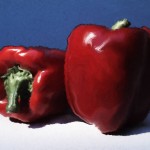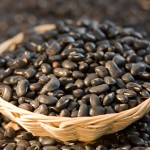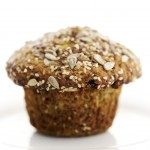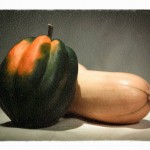 Looking for an easy snack recipe? Try this healthy dip! Scoop up with celery sticks or carrot sticks for a nutritious, filling everyday snack.
Looking for an easy snack recipe? Try this healthy dip! Scoop up with celery sticks or carrot sticks for a nutritious, filling everyday snack.
Roasted Red Pepper Hummus
Ingredients:
1 can chickpeas ( 14 fl.oz, 398 ml)
1 clove garlic, minced
juice of 1 lemon
2 tbsp tahini
5 tbsp olive or camelina oil
1 tsp cumin
1 whole roasted red pepper
sea salt to taste
Directions:
To roast a red pepper, cut in half, clean out seeds and place face down on a tray. Place under broiler and cook until skin is black. Remove from oven and cover with a tea towel to trap steam. When cool, remove blackened skin.
In a food processor blend chickpeas, garlic, tahini, oil, cumin, salt, lemon juice and red pepper until smooth.
Recipe by Shirley Plant- Nutrition Coach and Author of Finally Food I Can Eat
www.deliciousalternatives.com. Follow her on Twitter via @sherrecipes
 Subscribe
Subscribe


